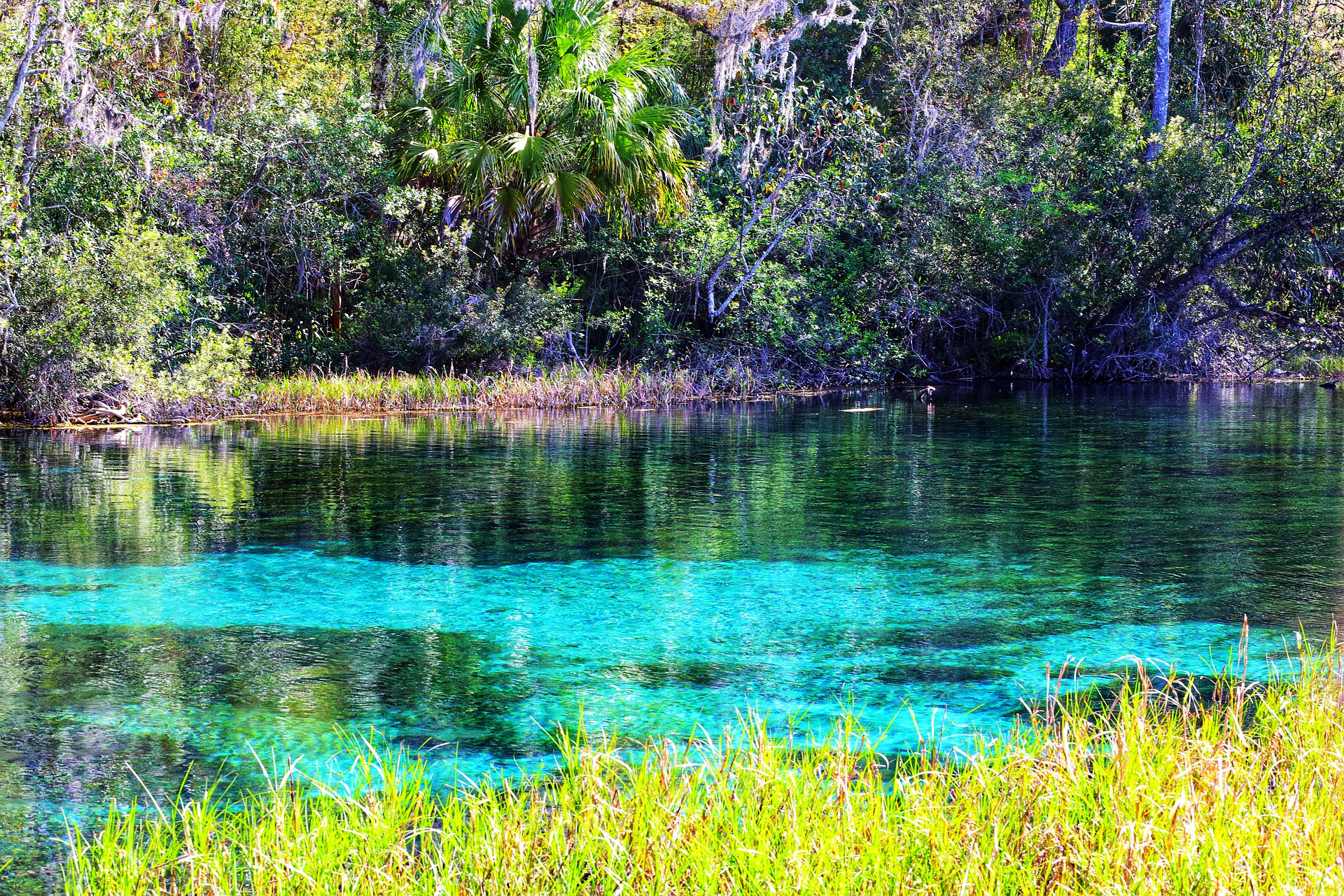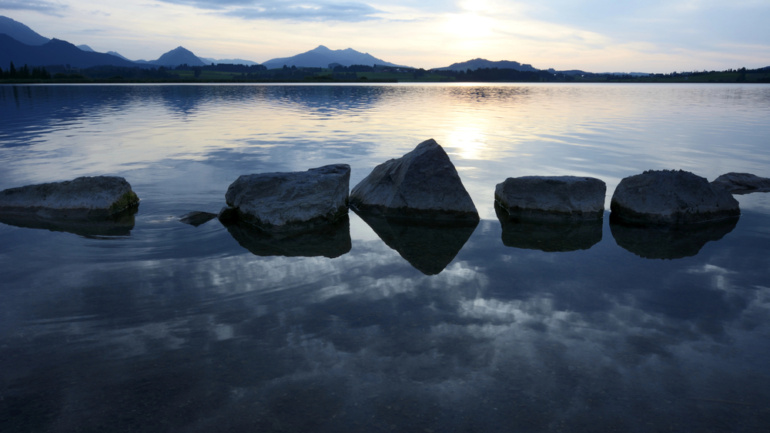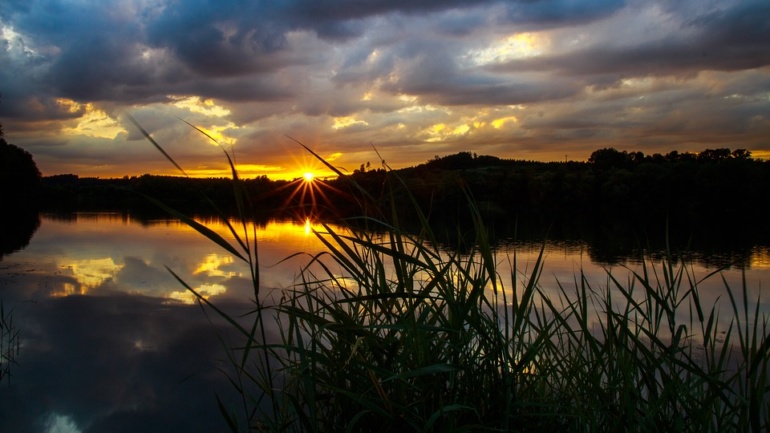By Amanda Fogleman, Writer and Researcher at Save the Water ™ | June 19th, 2021
Anyone can walk on water—it’s just trapped in the ground you stand on. Across the United States, groundwater is used as the major water supply. Extensive use, development, and mistreatment continuously create problems that must be sufficiently managed to ensure long-lasting access to clean and safe water. Protecting national water resources, including aquifers, starts with understanding where the water in our cups comes from.
If you were told to get some water, what would you do? You would walk into the kitchen and turn on the faucet, or maybe go to the store and buy some bottles. Convenient access to water is an easily overlooked nicety of modern life. How does the water get to the tap; and for that matter, where does it even come from?
As straightforward as it may seem, finding safe water sources can be quite a challenge. If you were to drink water from the ocean, you’d actually get sick from the high salt content. Water from a lake or stream could contain harmful bacteria. Rainwater isn’t always a good option, either.
Where does Drinking Water Come From?
Most drinking water in the US comes from aquifers. An aquifer is an underground reservoir from which water can be extracted and used. When it rains, water slowly travels through, or infiltrates, the ground and becomes stored in the miniscule pores of rocks. For some types of rock, this process can take thousands of years. Even so, high quantities of usable water could be just beneath your feet—or maybe a couple of miles below you.
The water from an aquifer is called groundwater. To extract groundwater, a well can be installed and the water can be pumped out. Water from aquifers is used for everything from filling water bottles to irrigating farmland.
The term “principal aquifer” refers to an aquifer that is large and accessible enough to provide drinking water. There are several principal aquifers across the United States, and chances are, you’ve tasted the water from more than one of them.
The Ogallala Aquifer: Irrigation and Overuse
There are several principal aquifers across the country, each facing its own threats. The largest of America’s aquifers is a system called the High Plains Aquifer, also known as the Ogallala, after one of its major rock formations. The Ogallala Aquifer supports around 1/5th of the United States’ wheat, corn, cotton, and cattle growth.
Part of the region which overlies the Ogallala was affected by the infamous Dust Bowl of the 1930s. The dust bowl involved severe crop failure after extended drought. It caused devastation to farming families as crops were unsuccessful. A few decades later, innovation made it possible for much more efficient pumps to be used to remove water from the Ogallala. While it was hopeful that these pumps would help avoid disastrous situations like the Dust Bowl, the innovation of more powerful pumps ironically led to a major decline in groundwater levels. This is leading to the adoption of different farming methods in the regions as the water supply dwindles. A decades-long feud between states remains active as some of the eight states that overlie the aquifer argue over water rights. To this day, conserving water in the region remains one of the government’s, farmers’, and local citizens’ highest priorities.
The Floridan Aquifer: Supplying Beach Goers
The Floridan Aquifer is another important source of water for residents of Florida, Georgia, and South Carolina. It is one of the most productive aquifer systems in the world. Much of the aquifer is made of limestone, which can lead to the formation of sinkholes and caves, also known as Karst Topography. The unique geology of this aquifer system is the reason that over 1,000 springs throughout Florida exist. The Floridan aquifer faces some of the same problems as the Ogallala, with many major withdrawals going to supply agriculture; however, the Floridan system hosts some unique challenges of its own. Lots of water is pumped out of the aquifer to supply major cities like Tallahassee and Jacksonville. On top of this, the aquifer faces saltwater intrusion due to its close proximity to seawater. This problem is exacerbated as large withdrawals pull more water towards the center of the state.
Edwards Aquifer: Swimming in Spring Water
Another carbonate aquifer home to several springs, Edwards Aquifer in Texas, supplies water and amusement to over two million people. Edwards Aquifer is known for its high-quality water; nonetheless, this aquifer requires monitoring, as it faces existential threats. The renowned Edwards Aquifer springs attract people from all over, but they also play a role in the trouble. Springs in limestone formations, like this one, are part of a network of features formed by the dissolution of rock. This increases the speed at which water can flow underground, because the small pores become larger and more well-connected. Water in this type of environment continuously cycles through the aquifer at a faster rate than it would through an aquifer made of another rock, like sandstone. So, when pollution enters a spring, it can enter the aquifer and spread rather quickly. Urbanization is the largest contender against Edward’s Aquifer. As areas are urbanized, impermeable surfaces like roadways prevent water from reaching the aquifer, so the aquifer is not refilled. When water does reach the aquifer, it may contain urban runoff such as fertilizers, pesticides, human waste, and more. Therefore, the closer urban areas are to the aquifer, and especially to the springs, the more the aquifer becomes polluted.
What can you do?
There are several more aquifers used for drinking water, agriculture, and public supply across the United States. Unfortunately, many are facing similar pressures to the ones mentioned above. A clear trend is evident across the country’s water sources: Threats from pollution, overuse, and development continue to limit water quality and quantity. It may seem like a daunting threat, but there are ways that everyone can help protect these water sources:
- Conserve water by taking shorter showers, installing low-flow showerheads, checking your home for leaks, and planting drought-resistant vegetation
- Support local farmers who have transitioned to dryland agriculture
- Avoid polluting by using reusable containers when visiting springs, lakes, or other bodies of water
- Be mindful of the environmental impact of the products you use daily
Small steps over time can greatly contribute to water conservation. Next time you turn on your faucet, think about the long journey that water took to get there.





